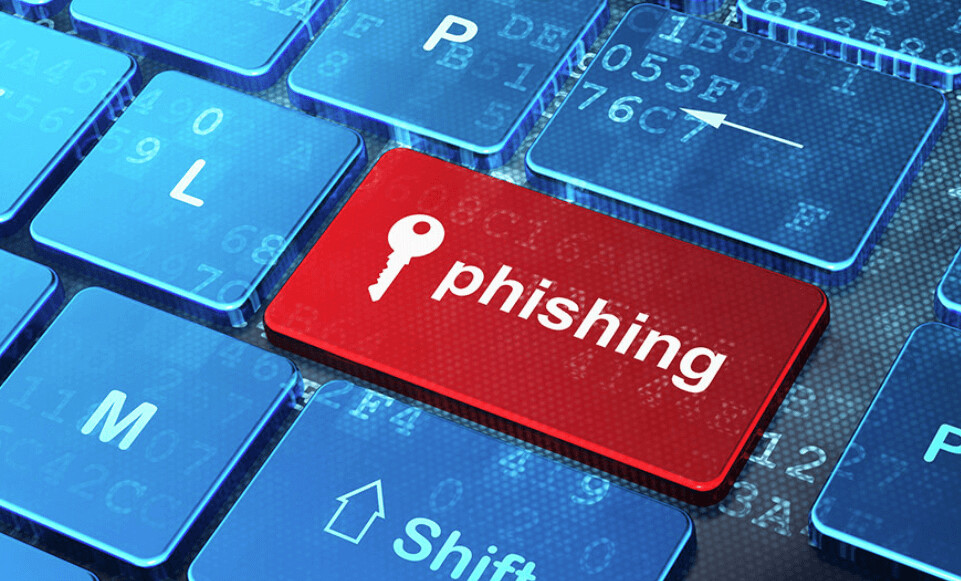One of the greatest threats to your organization is a hack that results in a massive data leak. However, many companies fail to protect themselves against these threats. Naturally, no one would ever want a data breach to happen, but according to the 2021 Verizon Data Breach Investigations Report (DBIR), which provides valuable information on the threats facing organizations today. 95% of Business Email Compromise losses were between $250 and $984,855. So why don’t companies protect themselves better? For many, it’s because they’re unaware of how hacks really occur. It’s nothing like the movies; phishing attacks are the most common cause of breaches, and security awareness training is the best prevention method. As the data shows, organizations should be diligent about helping improve employee security awareness
What Are Phishing Scams?
Even though Hollywood would have you believe that every data breach involves expert hackers poring through lines of green code, that’s rarely how a hack happens. Instead, most infiltrators gain access to your system by tricking your employees into giving up their credentials. No one would just give out their user name and password to anyone who asks. So, how does a phishing attack succeed? It’s all about the art of deception.
Phishing attacks usually present themselves as a trustworthy email. They’ll use your company’s logo or even go so far as to buy a domain with a very similar name as yours. Your employee sees the email; at first glance, everything looks normal. The email asks for the employee to reset their password due to some random corporate policy change. If they click and input their information, the hackers have won.
What Happens After Gaining Access?
Phishing scams tend to move quickly. After all, many companies require employees to change their passwords frequently, which means there’s a limited window for the hacker to use the credentials they stole. They’ll try not to leave any trace of their activity so that they can steal as much data as possible. Phishing scams typically search for client data or corporate secrets. They copy the data offsite and disappear.
Since phishing relies on using legitimate employee credentials, many attacks go entirely unnoticed. Unfortunately, the damage can be severe.
How Can a Phishing Attack Hurt Your Business?
When data is stolen in a phishing attack, it can have a dramatic impact on your business. First, if news gets out that you’ve been breached, consumers can lose confidence in your company. That alone can cost your company its entire reputation and deal untold damage. However, customers in particular jurisdictions can also sue you for mishandling their information. For example, California’s CCPA law allows Californians to file civil suits against a company that loses their data.
If you do business in Europe, prepare for the worst. The GDPR is the world’s premier data privacy law, and it calls for severe fines whenever a company loses consumers’ data. You could face up to thousands of dollars per record lost. Imagine if your entire client database was leaked. Then there’s downtime as you secure your systems to determine what happened and ensure another breach doesn’t occur. Simply put, you do not want this to happen to you.
Protecting Your Company From Phishing
So, what can you do to protect yourself from phishing? There are some common-sense policies you can adopt to improve your security. For example, require employees to change their passwords frequently and make sure they are significantly different, lest everyone just add ‘1’ to their new password every month. You can also improve email filtering to prevent phishing scams from making it into your employees’ inboxes. Buy up any similar domains to avoid scammers using them to trick your workers.
However, even those tactics are not enough. You can limit the damage done to your enterprise if an attack occurs and reduce the likelihood of an attack, but if a phishing email gets through to the right employee, you’ll be under attack. You could take extreme measures, such as limiting incoming emails from unapproved domains, but that could have a detrimental impact on your ability to communicate with clients and providers. What’s the solution?
Education Is the Best Prevention
There’s no perfect technological solution to phishing scams. You can’t completely filter out every threat. The only way to ensure that your organization doesn’t fall victim to one of these tricks is to educate your employees so that they can identify threats and nullify them right away. Security awareness training provides that exact support.
Much like how companies are encouraged to teach their employees to use a fire extinguisher in the event of an emergency, security awareness classes teach employees how to react when they come across a potential cybersecurity threat. Not only does this protect your company, but it also turns your workers into eyes and ears, alerting you when threats arise.
How Security Awareness Training Works
Security awareness training starts by educating employees through classes, online resources, videos, and short texts. All of these materials help your crew understand what a phishing scam looks like. In addition, we help your company draft protocols for how to respond to these situations. For instance, we recommend companies adopt a “never give your login to anyone” rule.
You can designate a single person to be the exception to this rule, like an IT admin. From there, we teach people how to alert IT security personnel about a potential attack. Collecting data on attacks is essential as it can help you spot trends. Perhaps hackers are targeting a specific department in your company or even a specific individual. Your IT team also gets coaching to collect data and report on the latest threats.
Simulations to Test Your Readiness
The final step to ensure your employees are ready to defend the company is to put them to the test. We run simulated cyber attacks by sending out our own cleverly made phishing emails to see how the team responds. If an employee falls for the phishing scam, we make sure to give them more training, so they’re ready for the next one.
At Edafio, we believe in the power of people. We want your team to feel empowered and capable of handling a threat rather than afraid or limited by overbearing cybersecurity protocols. Contact Edafio Technology Partners and talk to an actual human who can help you plan your cybersecurity training.








